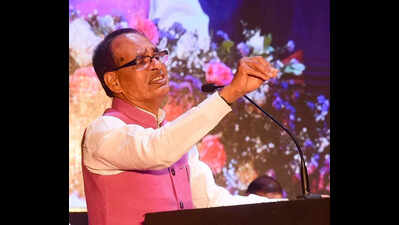Nagpur: Union agriculture minister, Shivraj Singh Chouhan, said he often thinks whether the fertiliser subsidy could be given to farmers directly through the Direct Benefit Transfer (DBT) scheme. The government currently spending lakhs of crores on fertilizer subsidies. At present, the subsidy is paid to fertilizer manufacturing companies. “If implemented, farmers would be free to spend the amount as they see fit,” said Chouhan. However, speaking to TOI later on the sidelines of the event, he clarified that the idea is still under consideration. “I wonder if such a system can be worked out,” he said.Chouhan was speaking at the launch of the One Nation, One Agriculture, One Team mission in Nagpur on Sunday.The ambitious initiative, set to begin on May 29, aims to bridge the gap between agricultural research and ground-level farming practices. Under the plan, 16,000 researchers across the country will spend at least one month in villages to engage directly with farmers, gather insights, and tailor innovations to farmers’ needs.Chouhan criticised companies for coercing farmers into purchasing additional products along with fertilizers. “Why should farmers be forced to buy other items? It’s sheer bullying,” he said, referring to the bundling practices commonly adopted by companies.This season, the agri-input dealers association in Maharashtra has also passed a resolution opposing bundling practices. According to sources, it’s a widespread tactic—farmers are often compelled to purchase other inputs as a condition for accessing fertilizers.Detailing the One Nation, One Agriculture, One Team mission, Chouhan pointed out the disconnect between research agencies, including those under the Indian Council of Agricultural Research (ICAR), and farmers. “There are 11 such agencies in Maharashtra alone. Yet, there is minimal coordination between them. Last year, they released 300 new seed varieties, but farmers are barely aware of any,” he said.He emphasized that scientists should not remain confined to laboratories. “Let them work in labs for 11 months, but one month must be spent in rural areas. Each scientist should visit two villages daily—one in the morning, one in the evening—and also meet farmers during lunchtime,” he said.The goal is for researchers to inform farmers about recent advancements, understand their challenges, and return with actionable solutions. Chouhan said 2,000 teams, each comprising four researchers, will be formed to execute this mission.


